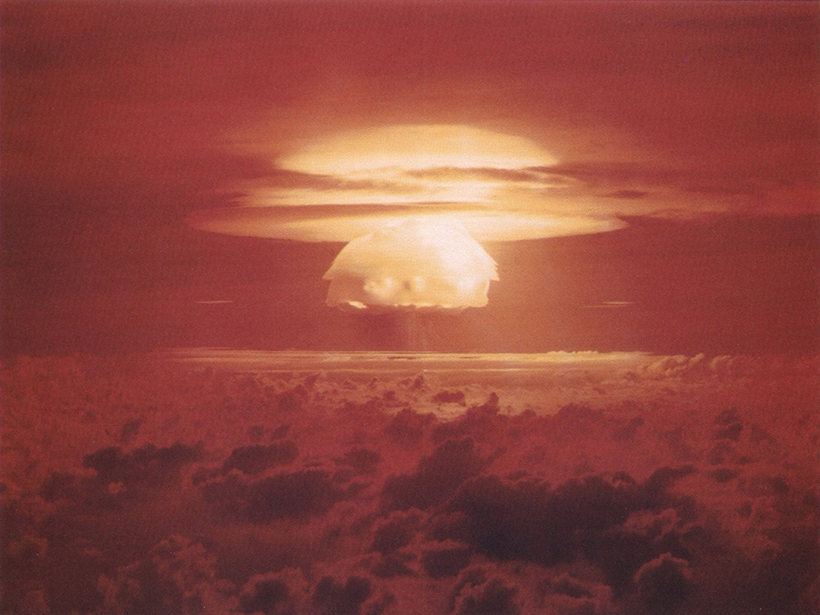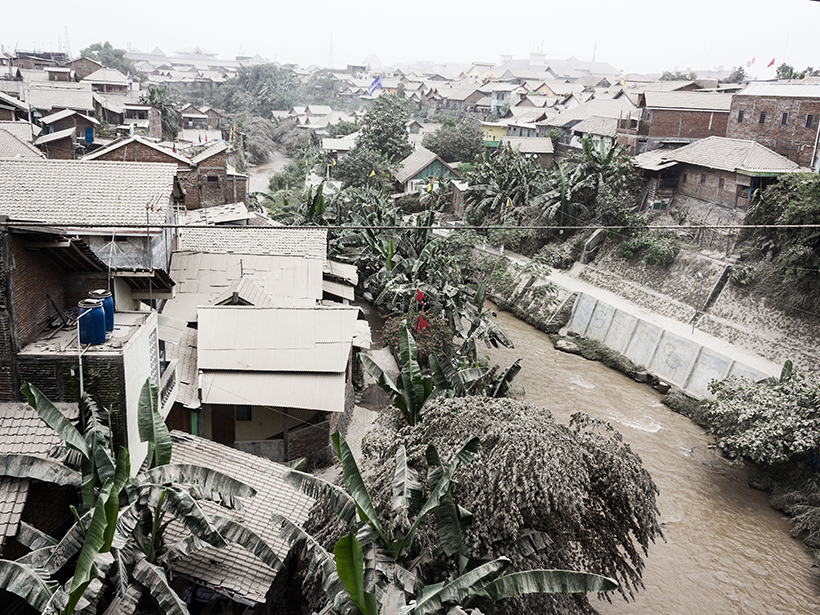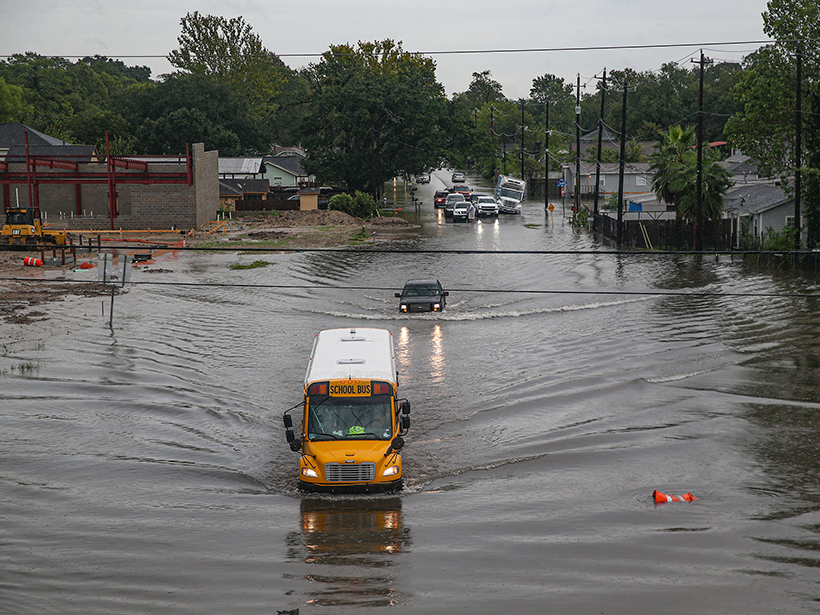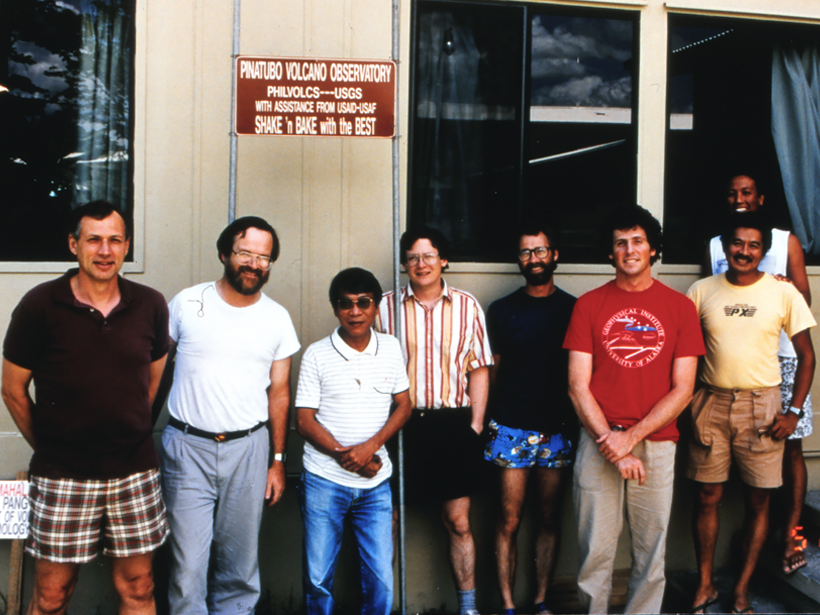New climate models present a grim prediction of what would happen worldwide after a nuclear war between the United States and Russia.
Hazards & Disasters
Golden State Blazes Contributed to Atmospheric Carbon Dioxide
A new case study investigates causes and effects of California’s 2017 wildfire season.
Indigenous Knowledge Puts Industrial Pollution in Perspective
A 3-year project documents how climate change is affecting the sequestration of decades-old mining by-products in Canadian lakes.
Explosive Volcanic Eruption Powered by Water-Saturated Magma
Little seismic unrest preceded the 2014 eruption of a stratovolcano in Indonesia, which suggests that the eruption was kick-started internally by volatile-triggered overpressure.
How Are Microplastics Transported to Polar Regions?
New modeling indicates that global subsurface ocean currents distribute submerged microplastics along very different routes than those traveled by floating plastic debris.
Artificial Intelligence May Help Predict El Niño
Deep learning techniques give scientists the longest–lead time forecasts yet.
AGU Releases Report to Address Flooding in Communities
The Surging Waters report shows how science empowers us to mitigate the impacts on people and property in communities around the United States.
“Glass Pearls” in Clamshells Point to Ancient Meteor Impact
Research suggests that the spherical structures, smaller than grains of sand, may be microtektites, but additional investigations are needed to verify their identity.
The Coming Surge of Rocket Emissions
With the space industry’s rapid growth, rocket exhaust will increasingly accumulate in the atmosphere. How this accumulation might affect the planet is unknown—because we’re not taking it seriously.
Podcast: Volcano Disaster Prepping
Third Pod from the Sun talks with volcanologist John Ewert, a founder of the U.S. Geological Survey’s Volcano Disaster Assistance Program.










